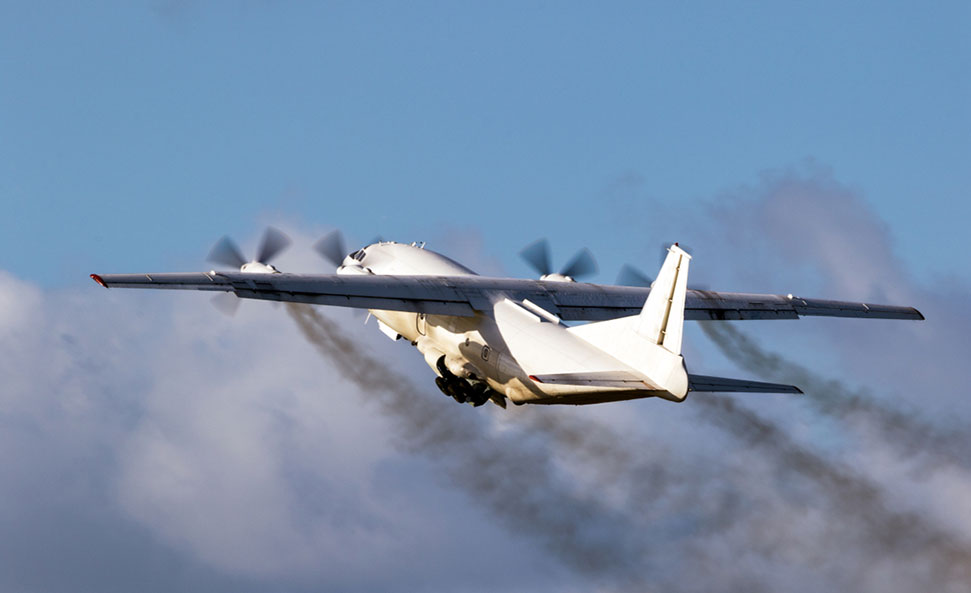7.2 Blog
The Airport and the Environment
October 19, 2021
When discussing the environmental impacts caused by aircrafts, many people only mention air pollutants caused by aircrafts, disregarding the four main types of aircraft emissions/pollutants that cause damage to either the environment or the individuals who live around airports. The main types of aircraft pollution is noise, water, and air pollution.
Noise pollution is a very common but unspoken problem for individuals living near airports. Aircraft noise can cause disturbances to individuals living near airports, possibly even increasing stress and anxiety levels, as well as increasing the risk for high blood pressure by interrupting sleep as well as work (Airplanes, 2019). Research regarding aircraft noise reduction has been very considerable, finding factors that may decrease the aircraft noise through alternating the size of fan blades in the engine, to the way air travels through the fuselage and wings (Reducing Noise, 2021). Many ways are implemented by Air Traffic management to reduce noise pollution. A strategy used is to have the aircrafts fly over seas or lakes to reduce the amount of noise expelled (Reducing Noise, 2021).

During 1989-1991, a survey done by the FAA found more than 4 million gallons of glycols were used for aircraft deicing at 93 airports (Plane Pollution, 1997). Aircrafts generate huge amounts of water pollution due to the extensive use of lubricants and other chemicals, and the constant risk of chemical spills by maintainers (ICAO, 2020). Airports often use water in three ways, to supply aircraft facilities, handle issues regarding erosion and drainage issues, and disposing water and different chemicals used in both airports and aircrafts (ICAO, 2020). Methods and strategies used to mitigate this water issue is to have certain spots where the glycol liquids would be used and gather up the hazardous chemicals used to be recycled or properly disposed of.

The aviation industry is responsible for about 2% of all human-induced CO2 emissions (ATAG, 2020). The growing number of passengers flying through commercial airlines are increasing at a rapid pace, in 2017, the total annual world wide passenger count was an astonishing 4 billion passengers (EESI, 2019). Emission laws were set by the Clean Air Act that regulated the amount of emissions produced by aircrafts, airport ground equipment, and airport vehicles (ATAG, 2019) The best way to reduce the amount of carbon footprint put by aircrafts is for airlines to utilize newer equipments and new aircrafts that produce less emissions than the previous models. Although this is a very expensive way to help the environment, it is the only way to reduce the carbon footprints made in the aviation world.
References
Overton, J. O. (2019, November 17). Fact Sheet | The Growth in Greenhouse Gas Emissions from Commercial Aviation (2019). EESI. https://www.eesi.org/papers/view/fact-sheet-the-growth-in-greenhouse-gas-emissions-from-commercial-aviation
ICAO. (2019). Water Management at Airports. https://www.icao.int/environmental-protection/Documents/Water%20management%20at%20airports.pdf
State of Science 2019. (2019). Aviation Noise Impacts White Paper. ICAO. https://www.icao.int/environmental-protection/Documents/ScientificUnderstanding/EnvReport2019-WhitePaper-Noise.pdf
AEF. (2020). Aircraft Noise. https://www.aef.org.uk/what-we-do/noise/
Comments
Post a Comment